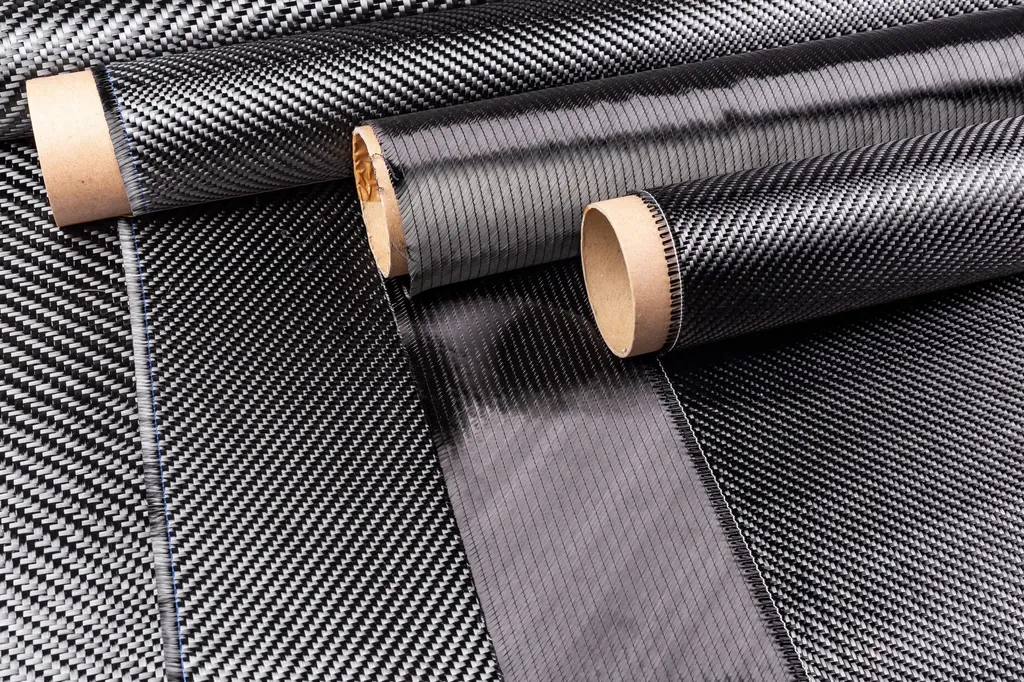In a significant stride towards sustainable and cost-effective materials for industrial applications, researchers have explored the potential of repurposed carbon fibres in enhancing the performance of polyamide 66 (PA66) composites, particularly in gear applications. This innovative approach addresses both environmental concerns and economic considerations, offering a promising alternative to virgin carbon fibres.
The study, led by Rebeka Lorber, investigates the use of milled carbon fibre (mCF) as a reinforcement for PA66. The research, published in the journal ‘eXPRESS Polymer Letters’ (which translates to ‘Polymer Letters Express’), evaluates the microstructure, thermal, mechanical, surface, and tribological properties of various PA66 composites. These composites include those reinforced with mCF, glass fibres (GF), and carbon fibres (CF), with and without the addition of polytetrafluoroethylene (PTFE).
The findings reveal that CF reinforced composites exhibit the highest modulus and tensile strength, followed by mCF and GF. The inclusion of PTFE reduces modulus and strength in binary composites. However, all reinforced composites significantly lower the coefficient of friction (COF) and wear rate compared to neat PA66, with mCF showing the most notable improvements. PTFE slightly enhances tribological performance only for GF (wear) and CF (COF) composites.
In gear testing conducted under VDI 2736 guidelines, binary composites outperformed neat PA66, with CF performing best, followed by mCF and GF. Ternary composites had slightly lower performance than their binary equivalents. The study highlights that gear performance is closely linked to structural integrity. Failure analysis revealed higher crack susceptibility in mCF reinforced gears due to shorter fibre length.
“This research opens up new avenues for sustainable and cost-effective materials in industrial applications,” said Lorber. “The use of repurposed carbon fibres not only addresses environmental concerns but also offers a viable economic alternative to virgin carbon fibres.”
The implications of this research are far-reaching, particularly for the energy sector. The development of durable and efficient polymer gears can enhance the performance and longevity of various energy systems, from wind turbines to industrial machinery. The study’s findings suggest that mCF reinforced PA66 could be a game-changer in the quest for sustainable and high-performance materials.
As the energy sector continues to evolve, the demand for innovative and eco-friendly materials will only grow. This research provides a compelling case for the adoption of repurposed carbon fibres in the development of advanced polymer composites, paving the way for a more sustainable and efficient future.
The study’s emphasis on the correlation between composition and properties offers valuable insights for engineers and researchers working on similar projects. By understanding the interplay between different reinforcement materials and their impact on performance, they can develop more effective and durable materials for a wide range of applications.
In conclusion, this research represents a significant step forward in the field of materials science, offering a sustainable and cost-effective solution for industrial applications. As the energy sector continues to evolve, the adoption of such innovative materials will be crucial in meeting the demands of a rapidly changing world.

